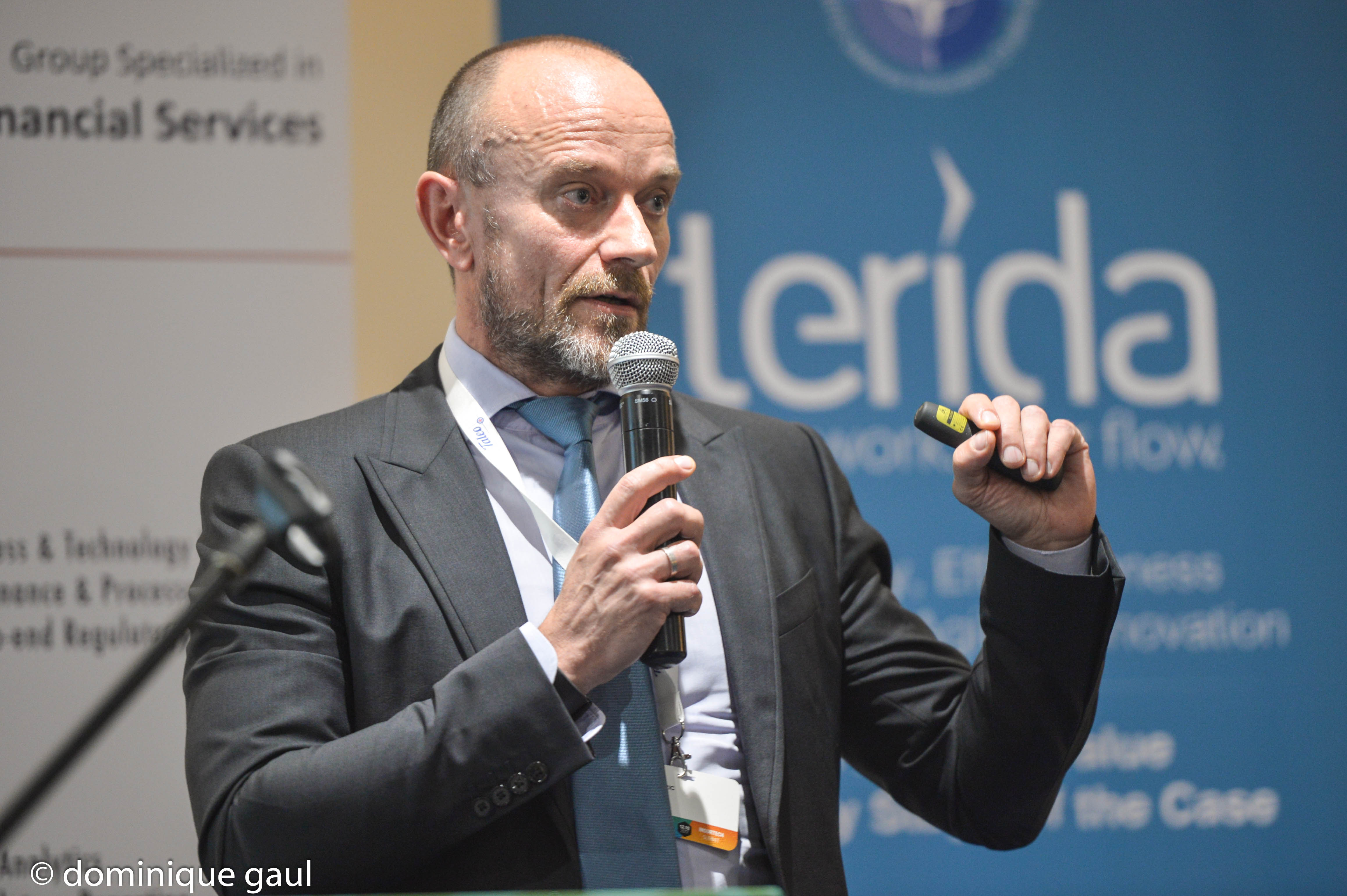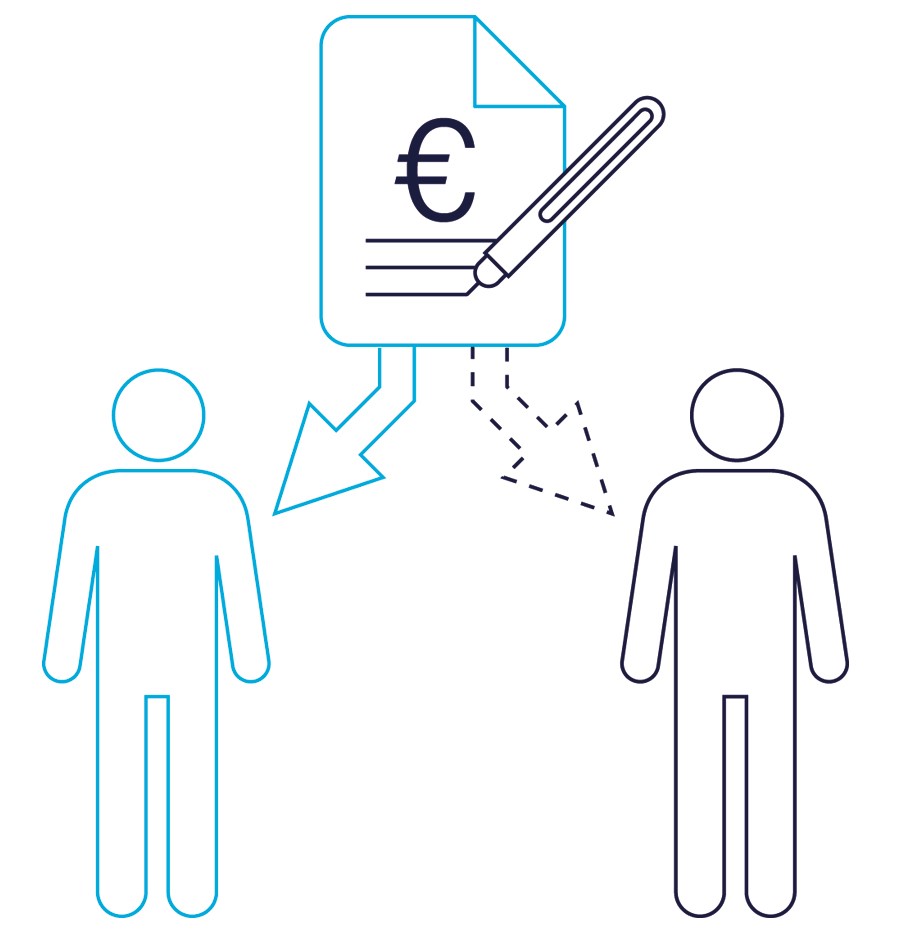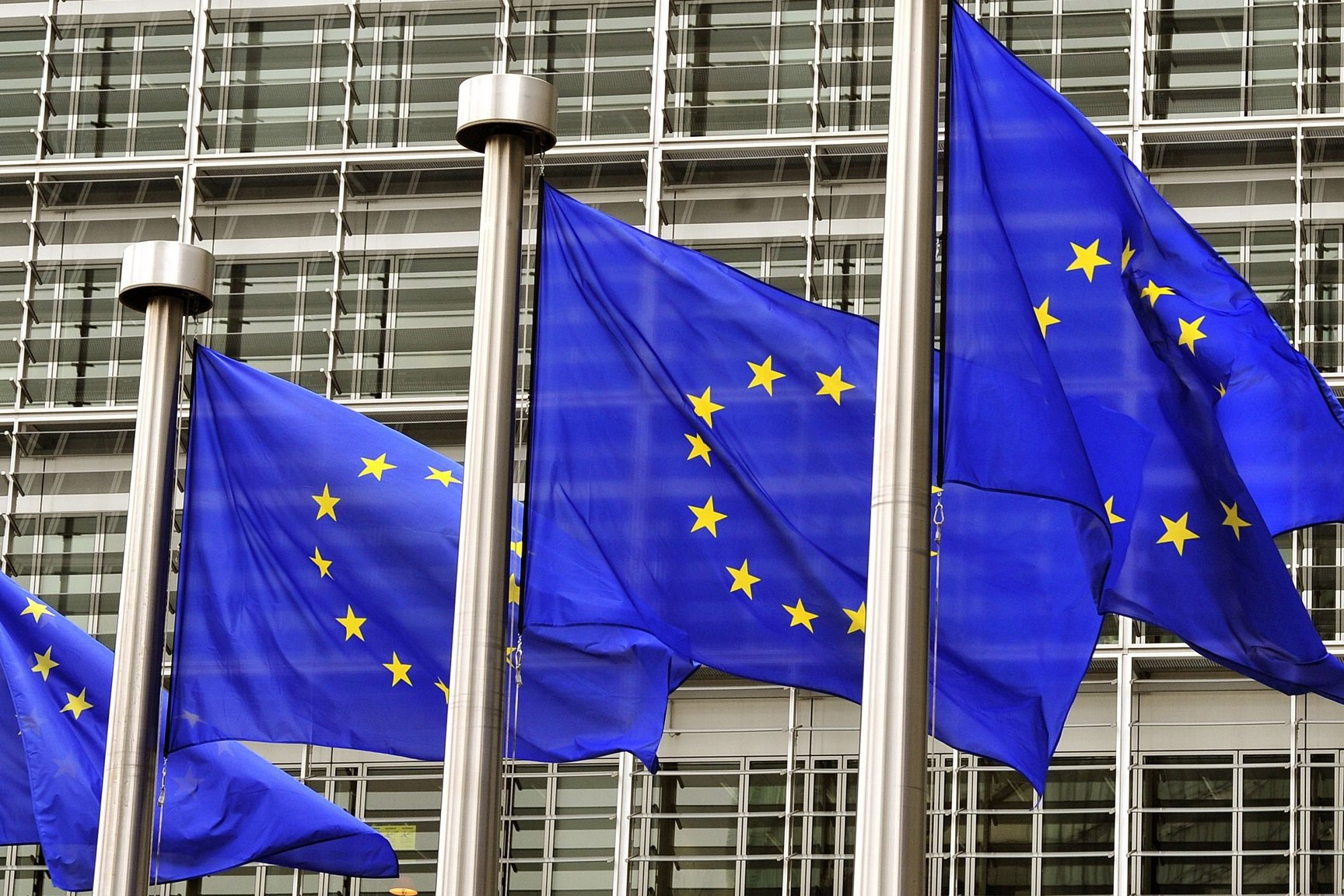Scotland and Northern Ireland (United Kingdom), Catalonia and the Basque Country (Spain), Padania and South Tyrol (Italy), Flanders (Belgium), Faeroe Islands (Denmark) (1), Corsica (France) are experiencing independence movements of varying degrees of intensity.
While Scotland has implemented a popular consultation process in a constitutional framework and with the consent of the historic member state, other movements such as those in Catalonia concentrate on initiatives of a political nature outside a constitutional framework, against national and European positions with exacerbated legal uncertainty and financial instability.
The historical context, the legal framework and the state of progress of each of its movements are very different; it is virtually impossible to predict what scenarios might apply to these politically-fictional situations. At this stage, it seems unlikely that the current independence movements can be viable outside a constitutional process endorsed by the European Union and above all a negotiated solution with the historic member state, which would involve accession to the European Union in the wake of independence.
It is nevertheless interesting to see what would be the applicable standards and what mechanisms could be enforced to reduce the instability and legal uncertainty generated by these independence phenomena.
It can be noted that while supposedly the European Union does not have a role to play in these independentism processes, all aggregate European rules will remain applicable even after the possible secession(s); moreover, some existing principles and mechanisms under the applicable European rules can help to protect savers caught up in the uncertainty of secession. This is illustrated by existing rules of life insurance under the freedom to provide services of which Luxembourg has become the undisputed specialist in the European Union.

- European rules expected to continue to apply despite the possible exits
(a) Given its neutrality principle (2), if these independences were to thrive at the heart of the European Union, it is not however intended to intervene and has to:
(i) maintain complete neutrality on matters concerning the internal political relations of each Member State,
(ii) ensure respect for the Rule of Law – the cardinal value of the Union and therefore not to endorse or give no effect to initiatives contrary to the constitutional order of any Member State.
(b) Another paradox is that the effective independence of a territory would not entail the automatic accession of the new State to the European Union (all Member States must unanimously vote to integrate the new state entity into the Union). However, some European Members States (and therefore the possible secessionist regions) have almost 85% of their regulations of European origin.
Consequently, even though they have become independent, these new entities would undoubtedly continue to apply this legislation by choice or by necessity, whereas there is no guarantee that they will be part of the European Union (or the European Economic Area), especially for those who would choose secession. Joining the European Free Trade Association EFTA whose members also apply European legislation (for the four main freedoms) could be an option – again, with no guarantee.
- The protective mechanisms for savers resulting from the contracts taken out under the freedom to provide services
It is interesting to note that European law contains relevant principles and mechanisms addressing the financial destabilisation and the legal uncertainty triggered by these independences, particularly with regard to the protection of investors-savers.
This is particularly true for savers who have opted for life insurance under the freedom to provide services, of which Luxembourg has become the undisputed specialist in the European Union.
While these mechanisms have been created with other objectives than addressing the instability associated with the effects of independence, they remain relevant in the configuration of independence-related instability and legal uncertainty that will undoubtedly affect not only the secessionist region but also the Historic State(s) and may be even a wider surrounding geographical area.

The risks faced by investor-savers residing in the secessionist regions are essentially twofold:
(i) the risk of financial destabilisation of banking institutions located in the independent region or in the Historic State(s) resulting in restrictive measures – more or less perennial – of access to their savings; called “corralito” in reference to the severe restrictive measures of access to liquidity enacted by the Argentine authorities in 2002, a similar set of measures was applied in Greece in 2015. This risk is accompanied by a risk of a forced conversion into a devalued currency of assets whose value would undoubtedly be greatly reduced.
In this respect, the protective answers provided by life insurance under the freedom of services are remarkable:
One of the basic assets of life insurance contracts in this respect is that these life insurance investments are less likely to be subject to restrictive access measures if compared to deposits on current or securities accounts of banking institutions.
Moreover, in the case of contracts under the freedom to provide services, these assets are not located in the country taking such measures and have become the property of insurers established outside the independent region or the historic member state. A double screen that reduces the exposure of contracts to such restrictive measures.
Additionally, the payment of partial surrenders of life insurance contracts can be envisaged on policyholder’s deposit accounts located in the European Union but outside the geographical area impacted by the secession (and preferably with banks that are not conducting business or are not licensed in the secessionist region).
In addition, the more specific assets of the Luxembourg life insurance are:
- benefiting from the stability and reliability of insurers based in Luxembourg
- designating a custodian bank located in a country distinct from that of the policyholder’s residence (or the country of origin or surrounding geographical area that could be destabilised) offering guarantees of stability and robustness
- benefitting from the segregation/cantonment of assets that are recorded off-balance sheet of the bank
- benefitting from protection of assets which cannot in principle be subject of seizures, forced pledges…
(ii) The serious legal uncertainty arising from a secession insofar as the newly applicable normative framework should either be constructed from scratch or more likely derived from a hybrid creation based on European rules and new measures put in place by the new independent entity.
Here as well the life insurance under the freedom of services offers reliable solutions:
In the case of life insurance contracts taken out under the freedom to provide services, this insecurity could be countered by the option open by European law of choosing as applicable law the law of the policyholder’s nationality; originally created to protect migrant European workers, exercising this option (at inception or in case of secession) would undoubtedly allow the nationals of the Member State remaining resident in the new independent entity to have applied a set of familiar standards (the option exercise during the life of the contract should be possible as long as third party’s rights are not challenged which should not be the case with a return to the originally applicable law or similar).
In addition, the life insurer acting under the freedom to provide services remains subject to the supervision of its local regulator and to the rules governing the eligibility of assets according to the insurer’s law. This also removes a significant part of the legal uncertainty created by independence.

It is of course possible for the independent entity to invoke the protection of its public policy (ordre public) in order to take more restrictive measures (asset freezes, seizures, etc.) that may affect the assets, contracts or accounts of savers: but because there would be no international recognition, such a public policy is unlikely to materialise; moreover it would undoubtedly result in litigation especially if measures are in the long term and contrary to the savers’ interest protection.
As noted in the introduction, the secession movements are very unlikely to succeed if they are not taking place in a constitutional process backed by the local state authorities and the European Union; however, when subscribing a life insurance policy, it’s worth thinking about the benefits that the existing European regulation and mechanisms can bring to the policyholder as a saver in terms of financial stability and legal security; the life insurance contract subscribed under freedom of services – of which Luxembourg is the undisputed leader – can address most of the risks triggered by separatist activism and more generally by local financial turmoil, political instability and related legal uncertainty.
Article by ![]() Antonio Corpas, Head of Wealth Structuring and Private Equity at OneLife
Antonio Corpas, Head of Wealth Structuring and Private Equity at OneLife
(1) The Danish Faroe Islands are not part of the European Union
(2.) Article 4 para. 2 European Union Treaty: The Union respects the equality of the Member States before the Treaties and their national identity, inherent in their fundamental political and constitutional structures, including local and regional self-government. It respects the essential functions of the State, in particular those whose purpose is to ensure its territorial integrity, to maintain public order and to safeguard national security. In particular, national security remains the sole responsibility of each Member State.















